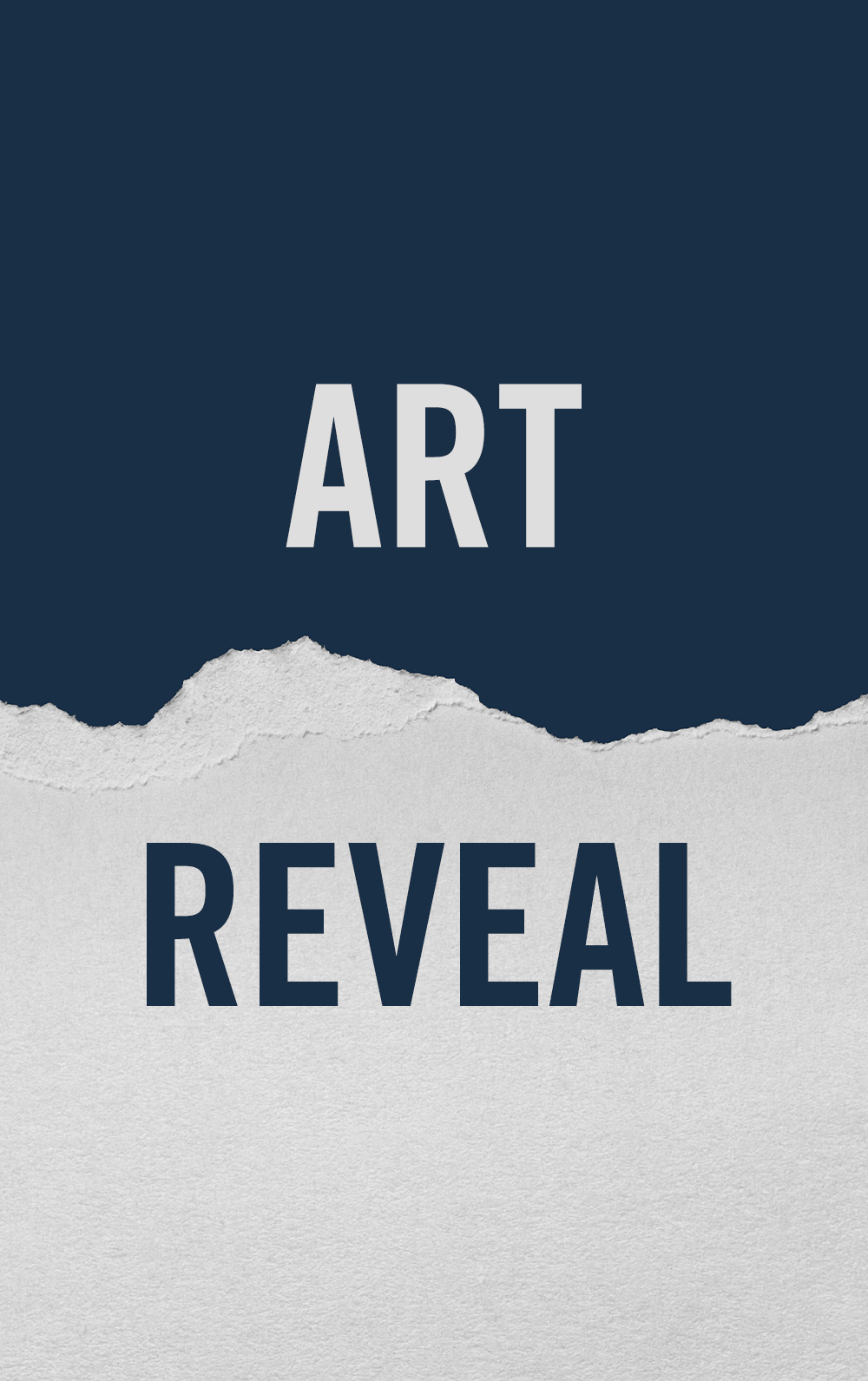
Today we're showing three pieces of artwork from our December 2024 series books! Let us know in the comments which books you'd like to see featured in our January 2025 Artwork Reveal!
Hamburger Hill 1969: Operation Apache Snow in the A Shau Valley
By James H. Willbanks
Illustrated by Ramiro Bujeiro

SAPPER ATTACK ON FIREBASE AIRBORNE, MAY 13, 1969
In the early morning hours of May 13, North Vietnamese troops from the K-12 Sapper Battalion and elements of the 806th NVA Battalion attack Firebase Airborne, located on Dong Ngai, a mountain just a few kilometers north of Dong Ap Bia. The firebase had been blasted out of a hilltop jungle by a “Daisy Cutter” bomb. It was defended by A/2/501st Infantry and manned by three field artillery batteries, including four 155mm howitzers from C/2/11th Field Artillery, six 105mm howitzers from C/2/319th Field Artillery, and two 105mm howitzers from B/2/319th Field Artillery. The enemy sappers breach the protective wire. Other NVA soldiers armed with AK-47s, RPK machineguns, and B-40 rocket launchers (RPGs) are behind the sappers. The North Vietnamese pour into the firebase and begin hurling grenades and satchel charges into the American bunkers and gun emplacements. Under star shells fired by the 81mm mortar platoon, the Americans fight a desperate battle with the attackers. The defenders eventually turn back the attack with support from an AC-47 “Spooky” gunship.
Artwork requested by Paul Williams.
By Robert Forsyth
Illustrated by Gareth Hector and Jim Laurier

Me 262 V5 Wk‑Nr 262 000 0005 PC+UE, Augsburg, Germany, summer 1943
Artwork requested by Daniel Figueroa Giraldez.
D-Day Fleet 1944, American Sector
By Brian Lane Herder
Illustrated by Edouard A. Groult

Point-blank gunfire support on Omaha Beach
The sea off Omaha Beach and around Frankford is churned up by German machine-gun fire and geysers from German guns shooting at both Frankford and the American troops and landing craft in general. Frankford is risking not just pointblank fire from German coastal artillery and machine guns, but submerged naval mines and beach obstacles along with the heavy detritus of torn-up and traffic-jammed landing craft and vehicles.
Frankford’s skipper, Lieutenant-Commander Semmes, decided that “we should go in for a closer look. The tide was in our favor at the moment. Navigating by fathometer and seaman’s eye, he took us in close enough to put our optical rangefinder, ranging on the bluff above the beach, against the stops – 300–400yds away.”
By 1036hrs, Frankford was maneuvering deep inshore at Omaha’s Beach Easy Red. Frankford’s gunnery officer observed a US tank near the surf line firing up the high bluff at a hidden target 400yds away. He later commented:
We immediately followed up with a 5in. salvo. The tank gunner flipped open his hatch, looked around at us, waved, dropped back in the tank, and fired at another target. For the next few minutes he was our fire control party. Our rangefinder optics could examine the spots where his shells hit. By this time, we knew that none of our troops were on the hill, so we used the rangefinder to pick out targets, including apparently at least one artillery emplacement. We did have the satisfaction of seeing our soldiers take some prisoners out of one of those bunkers.
Once Frankford had expended its bombardment ammunition, the destroyer returned to its screening station – “but not before seeing our troops moving up the hill towards the crest.”

Comments
You must be logged in to comment on this post. Click here to log in.
Submit your comment